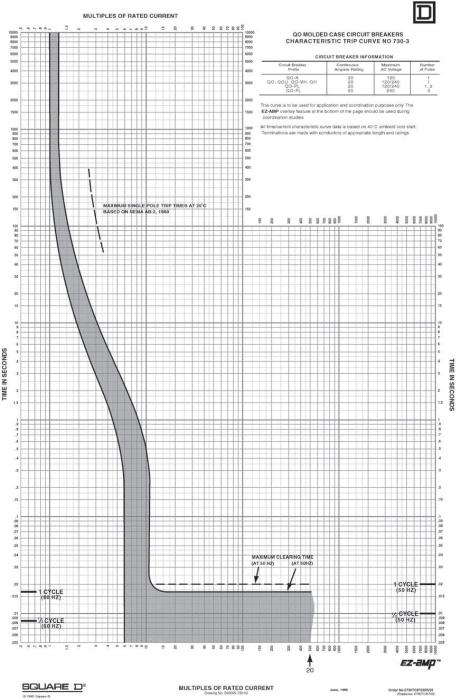Wow this question did bring a lot of information out.
Can I check my understanding of some comments posted already:
1) The wiring in your walls should of been installed to handle 125% of the rated current of the supplying breaker (from the minimum gauge allowed for in notes to the NEC current carrying capacity table), this therefore "de-rates" that same wiring to be able to continuously carry 100% of the breakers rated current. So we should (after inspection to confirm that the wiring was correctly installed

) be able to sleep easy that if our current draw of our equipment is below the breaker rating we should not expect a fire to start in our walls (and if the current draw is over the breaker limit the breaker will trip before any fire would start)
2) A "normal" household breaker will start to trip due to overheating if run at or near its peak for an extended period of time - I guess if this is true that is what I started this thread for. If you are saying that a breaker is designed to trip if continuously loaded above 80% of its rated limit then, again, we should not have to worry about fires, etc. as the breaker is design to cut power if it gets over its rated continues capacity.
I still don't think my original question has clearly been addressed though. Why are people advising to providing overcurrent protection and cable size of 125% of the equipment’s capacity due to the 80% de-rating for continuous loads for systems and loads that are not continuous. I can see the safety argument of "just to be safe" but it is adding unnecessary costs and not necessarily adding safety.
For most people their systems will not be drawing above 80% continuously for 3 hours due to the fact that PID are modulating the power to elements, downtime between when heating is required, etc.
From some comments in this thread (sorry if I did interpreted them wrong) even if they were over the 80% continuously the likely event would be a breaker trip.
Also my understanding is the NEC cable size table not considering cables in free air like that used for extension cords, etc.
Thanks for everyone’s comments in trying to clear this up

Cheers

I guess to summarise what I see is:
I want to run to up to 2x 4500W elements - potentially they may be on at the same time for a breif amount of time,
Therefore I have (4500 * 2) / 240 = 37.5A (gives me a little to play with for pumps, etc. if everything is on all at once!)
So I'll get a 40A breaker/GFCI and run all my cable as per the NEC requirements.
Advice - NO! You need to derate your wiring, breaker, etc. 80% so you need to run it as if it was a 50A circuit.
But 40A circuit wiring is already spece'd in the NEC to handle 40A contiously, and a 40A breaker/GFCI is fine to handle non-continous 40A loads (which brewing is).
























































![Craft A Brew - Safale S-04 Dry Yeast - Fermentis - English Ale Dry Yeast - For English and American Ales and Hard Apple Ciders - Ingredients for Home Brewing - Beer Making Supplies - [1 Pack]](https://m.media-amazon.com/images/I/41fVGNh6JfL._SL500_.jpg)


